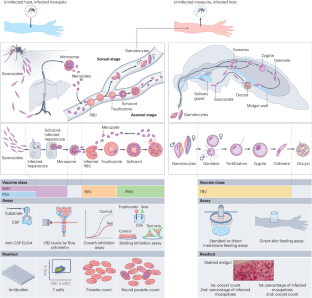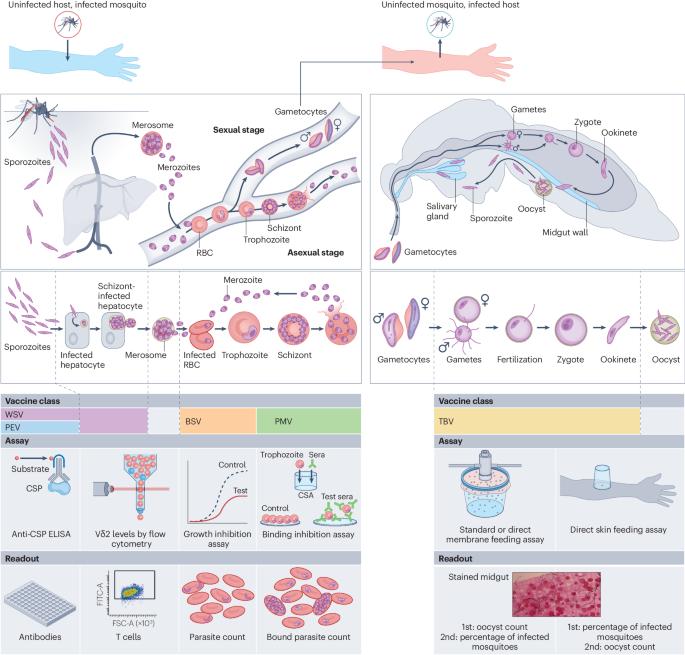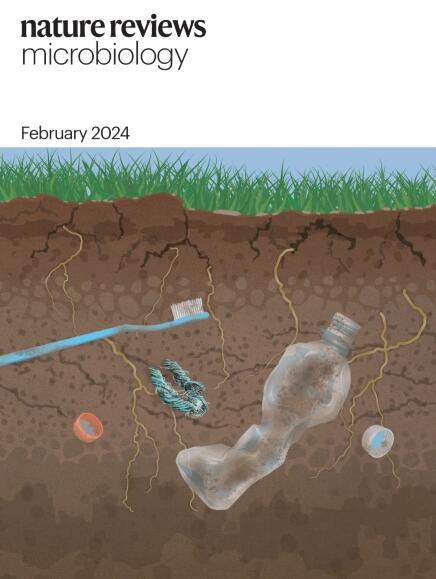疟疾疫苗:预防和控制的新时代。
IF 69.2
1区 生物学
Q1 MICROBIOLOGY
引用次数: 0
摘要
2022 年,疟疾造成 60 多万人死亡,这一死亡人数自 2015 年以来一直没有改善。此外,对现有干预措施产生抗药性的寄生虫和蚊子正在非洲和其他地区蔓延。疫苗为降低死亡率带来了希望:首批获得许可的疟疾疫苗RTS,S和R21将于2024年广泛使用,届时儿童死亡人数将大幅减少。在本《综述》中,我们将概述疟疾问题和疟原虫,然后介绍 RTS S 和 R21 疫苗(人类寄生虫病的首批疫苗),总结其优点和局限性。我们探讨了利用疟疾发病机理和保护性免疫的新知识设计的下一代疫苗,这些疫苗结合了抗原和平台,可针对人类或蚊子宿主体内不同阶段的寄生虫引起有效的免疫反应。我们描述了在资源有限的环境中优先开发疟疾疫苗候选方案的决策过程。未来的疫苗可能会提高 RTS、S 或 R21 对儿童的保护效力,或通过预防妊娠疟疾、减轻间日疟负担或加速消灭疟疾来应对更广泛的疟疾灾难。本文章由计算机程序翻译,如有差异,请以英文原文为准。


Malaria vaccines: a new era of prevention and control
Malaria killed over 600,000 people in 2022, a death toll that has not improved since 2015. Additionally, parasites and mosquitoes resistant to existing interventions are spreading across Africa and other regions. Vaccines offer hope to reduce the mortality burden: the first licensed malaria vaccines, RTS,S and R21, will be widely deployed in 2024 and should substantially reduce childhood deaths. In this Review, we provide an overview of the malaria problem and the Plasmodium parasite, then describe the RTS,S and R21 vaccines (the first vaccines for any human parasitic disease), summarizing their benefits and limitations. We explore next-generation vaccines designed using new knowledge of malaria pathogenesis and protective immunity, which incorporate antigens and platforms to elicit effective immune responses against different parasite stages in human or mosquito hosts. We describe a decision-making process that prioritizes malaria vaccine candidates for development in a resource-constrained environment. Future vaccines might improve upon the protective efficacy of RTS,S or R21 for children, or address the wider malaria scourge by preventing pregnancy malaria, reducing the burden of Plasmodium vivax or accelerating malaria elimination. In this Review, Duffy et al. examine the malaria vaccine landscape, showcasing both achievements and setbacks over the past decades. They discuss approaches and assays for different parasite stages, summarize recent advancements, propose a decision-making process for the field and identify future priorities to address unmet needs.
求助全文
通过发布文献求助,成功后即可免费获取论文全文。
去求助
来源期刊

Nature Reviews Microbiology
生物-微生物学
CiteScore
74.00
自引率
0.50%
发文量
149
审稿时长
6-12 weeks
期刊介绍:
At Nature Reviews Microbiology, our goal is to become the leading source of reviews and commentaries for the scientific community we cater to. We are dedicated to publishing articles that are not only authoritative but also easily accessible, supplementing them with clear and concise figures, tables, and other visual aids. Our objective is to offer an unparalleled service to authors, referees, and readers, and we continuously strive to maximize the usefulness and impact of each article we publish. With a focus on Reviews, Perspectives, and Comments spanning the entire field of microbiology, our wide scope ensures that the work we feature reaches the widest possible audience.
 求助内容:
求助内容: 应助结果提醒方式:
应助结果提醒方式:


